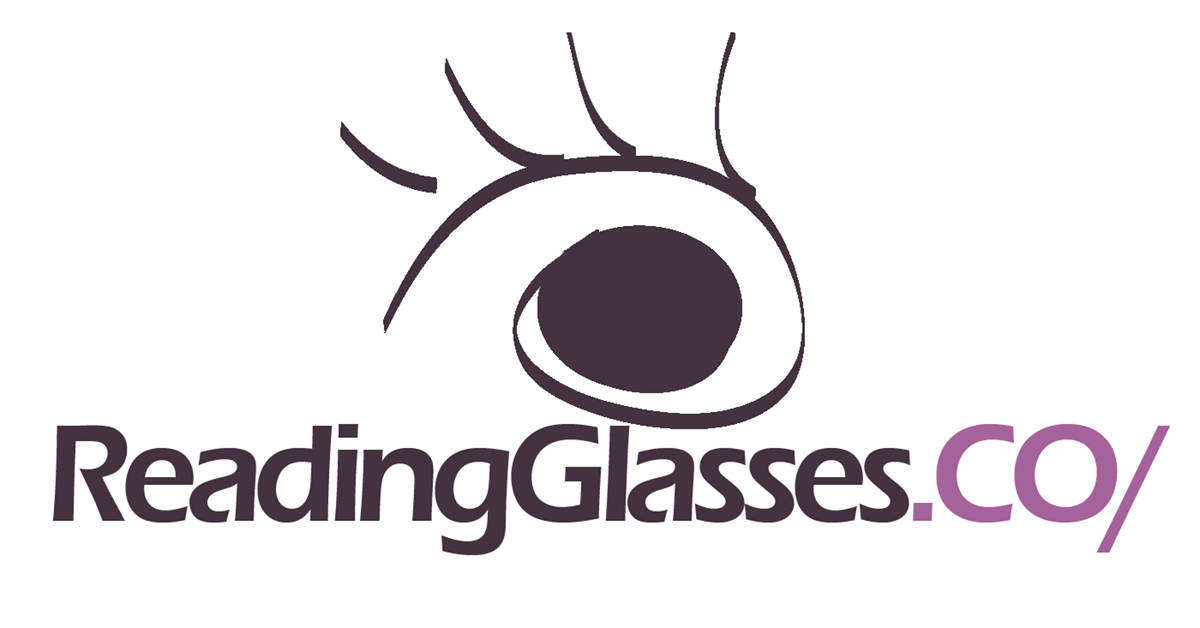Reading vs. Prescription Glasses — ReadingGlasses.CO/
They often look the same, reading glasses and prescription glasses, but they're not the same.
Reading glasses are used, primarily, by people over 40-years old who have difficulty focusing their close-up vision, a natural but not "serious" condition of the eye called "presbyopia," the gradual loss of the eyes' ability to focus on nearby objects due to aging. Reading glasses are available without a prescription, making them a cost-effective, practical solution. But they aren't intended to correct refraction issues such as astigmatism, refractive, or prismatic differences between the left and right eyes, for example. They aren’t made to correct those issues because they’re simply used to increase most users’ ability to see up-close for tasks like reading.

Prescription glasses with corrective lens specifications on driver's licenses are common for those who need eyeglasses to see properly. Such requirements aren’t served by reading glasses, but license requirements oblige individuals to wear their prescription glasses or contact lenses every time they drive, or they'll face penalties.
Glasses made to conform to a recent eye doctor’s prescription are essential for complete astigmatic and refractive correction, a challenge different from, and less expensive than, the challenge solved by reading glasses.
Reading glasses are available from many retailers and e-commerce websites at a range of prices. The difference between them all is manufacturing quality and style, a factor that’s vital to many modern Americans.
Take a look, see what we mean:

